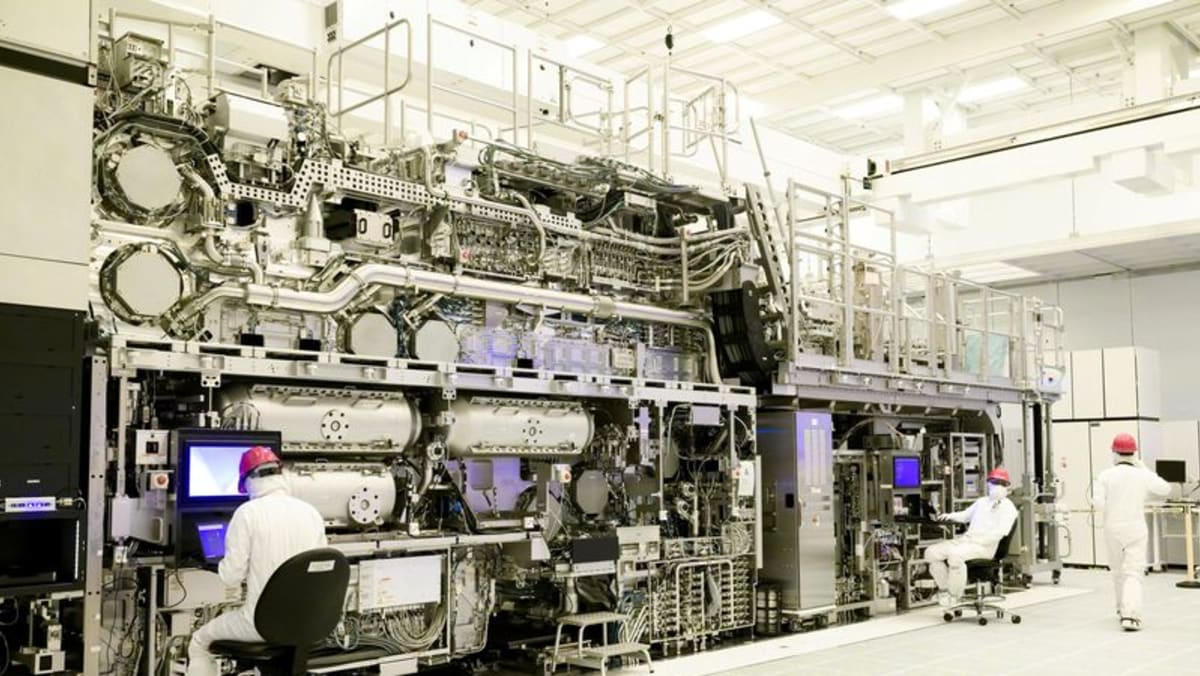SAN JOSE, California : Intel on Monday said that the first two cutting-edge lithography machines from ASML Holding are “in production” at its factories, with early data indicating they are more reliable than earlier models.
At a conference in San Jose, California, Intel senior principal engineer Steve Carson said Intel has produced 30,000 wafers, the large discs of silicon that can yield thousands of computing chips, in a single quarter with ASML’s high numerical aperture (NA) lithography machines.
Intel last year was the world’s first chipmaker to take delivery of the machines, which are expected to produce smaller and faster computing chips than earlier ASML machines. The move was a shift in strategy for Intel, which lagged rivals in adopting the previous generation of extreme ultraviolet (EUV) lithography machines.
It took Intel seven years to put those earlier machines into full production, which contributed to it losing its lead to Taiwan Semiconductor Manufacturing Co. Intel struggled with the reliability of those previous EUV models in the initial stages of production.
However, Carson said ASML’s new high NA machines are about twice as reliable as the earlier generation in initial testing.
“We’re getting wafers out at a consistent rate, and that’s a huge boon to the platform,” Carson said.
The new ASML machines, which print features onto chips using beams of light, can also do the same work as earlier machines using fewer exposures, saving time and money.
Carson said early results at Intel’s factories showed that the high NA machines can do what took earlier machines three exposures and about 40 processing steps with just one exposure and a “single digit” number of processing steps.
Intel has said it plans to use the high NA machines to help develop what it calls its 18A manufacturing technology, which is scheduled for mass production with a new generation of PC chip later this year.
It has said it plans to put the high NA machines into full production with its next generation of manufacturing technology called 14A, but has not given a mass production date for that technology.
